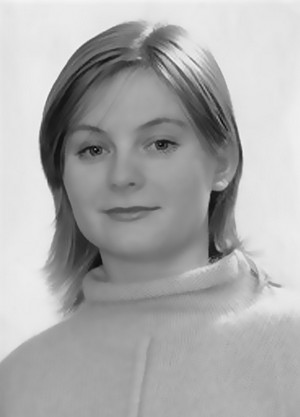Physical culture sector personnel performance efficiency by regions of the Russian Federation
Фотографии:
ˑ:
Teoriya i praktika fizicheskoy kultury №11 2016, pp.14-16
UDC 796.078
Associate Professor, PhD V.A. Kudinova1
Professor, Dr.Hab. V.Y. Karpov2
Professor, Dr.Hab. A.A. Kudinov3
Associate Professor, PhD R.V. Koz'yakov4
1Volgograd Agricultural University, Volgograd
2Russian State Social University, Moscow
3Volgograd State Academy of Physical Culture, Volgograd
4Russian State Social University, Moscow
e-mail: vu2014@mail.ru
The article gives accounts of the physical culture sector staffing rates and the sector personnel performance efficiency rates by regions of the Russian Federation. The highest numbers of the physical culture and sport sector trainees per sector specialist were found for the following regions: Republic of Mari-El (163.1) and Republic of Chuvashia (155.1) in 2011; and the Astrakhan Province (194.1) and Republic of Mari-El (179.6) in 2014. The highest sector personnel performance efficiency rates, as verified by the numbers of Sport Masters and World Class Sport Masters of Russia (people per 1 thousand sector specialists) trained by the regions were found in the following regions: Republic of Ingushetia (53.3) in 2011; Volgograd Province (39.8) in 2014; and the Krasnoyarsk Territory (88.9) in 2015.
As reported for the period of 2000 through 2015, the physical culture sector personnel performance efficiency rates in the Russian Federation were mostly on the fall (sagging from 249.9 to 214.3 conventional units) with the lowest rate of 107.8 conv. units fixed in 2014. The following regions were leading in the sector staff performance efficiency rates: Kaluga Province (412.9 conv. units) and Republic of Mari-El (319.2 conv. units) in 2008; Republic of Mari-El (399.2 conv. units) and the Kaluga Province (264.5 conv. units) in 2011; Republic of Mari-El (372.1 conv. units), Republic of Chuvashia (323.3 conv. units) and the Volgograd Province (302.1 conv. units) in 2014; and the Krasnoyarsk Territory (575.4 conv. units) in 2015.
Keywords: effectiveness, efficiency, physical culture sector personnel, performance, regions of Russian Federation.
References
- Vinogradov P.A., Okunkov Y.V. O sostoyanii i tendentsiyakh razvitiya fizicheskoy kul'tury i massovogo sporta v Rossiyskoy Federatsii. Problemy razvitiya fizicheskoy kul'tury i sporta v Rossiyskoy Federatsii [Status and trends of development of physical culture and sports in the Russian Federation. Problems of development of physical culture and sports in the Russian Federation]. Moscow: Sovetskiy sport publ., 2013, 144 p.
- Golovov V.A. Regional'noe upravlenie razvitiem fizicheskoy kul'turoy i sportom (na primere Respubliki Komi) [Regional management of development of physical culture and sports (case study of the Republic of Komi]. Fundamental'nye issledovaniya, 2007, no. 12, pp. 31-34.
- Karpov V.Yu., Kudinova V.A., Seselkin A.I., Bakulina E.D. Monitoring effektivnosti razvitiya fizicheskoy kul'tury i sporta v sub'ektakh Rossiyskoy Federatsii [Monitoring of efficiency of development of physical culture and sport in federal subjects of Russia]. Teoriya i praktika fizicheskoy kultury, 2016, no. 3, p. 56.
- Kudinova V.A. Modeli upravleniya kachestvom fizkul'turno-sportivnoy deyatel'nosti v sub'ektakh Rossiyskoy federatsii [Quality management models in physical education and sports activity in subjects of the Russian Federation]. Volgograd: VGSHkA, 2012, 255 p.
- Fetisov V.A. O kriteriyakh i pokazatelyakh razvitiya fizicheskoy kul'tury i sporta v zarubezhnykh stranakh (Criteria and indicators of development of physical culture and sports in other countries]. Moscow: Sovetskiy sport publ., 2005, 80 p.
Received 04.07.2016 г.




 Журнал "THEORY AND PRACTICE
Журнал "THEORY AND PRACTICE